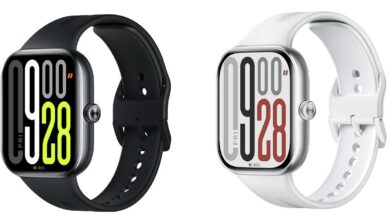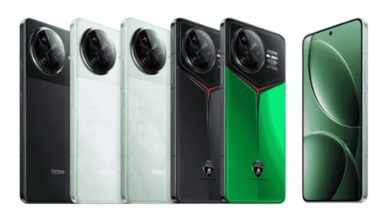How to Get Top-Notch Home Security When You’re Off-Grid

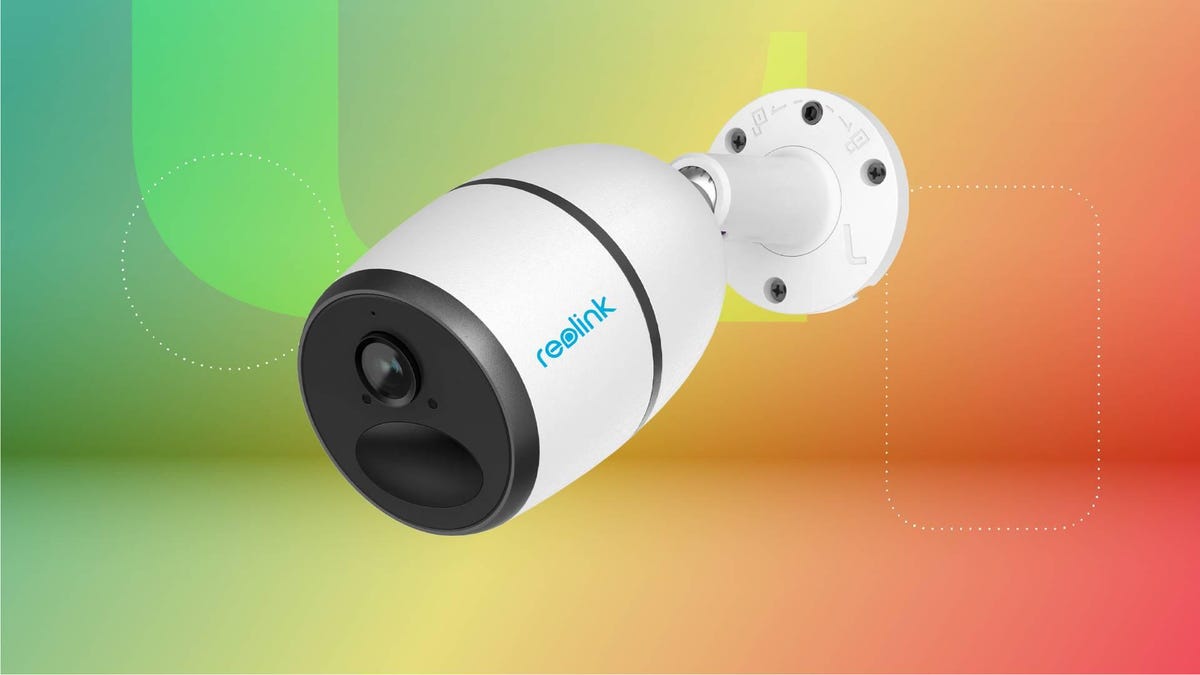
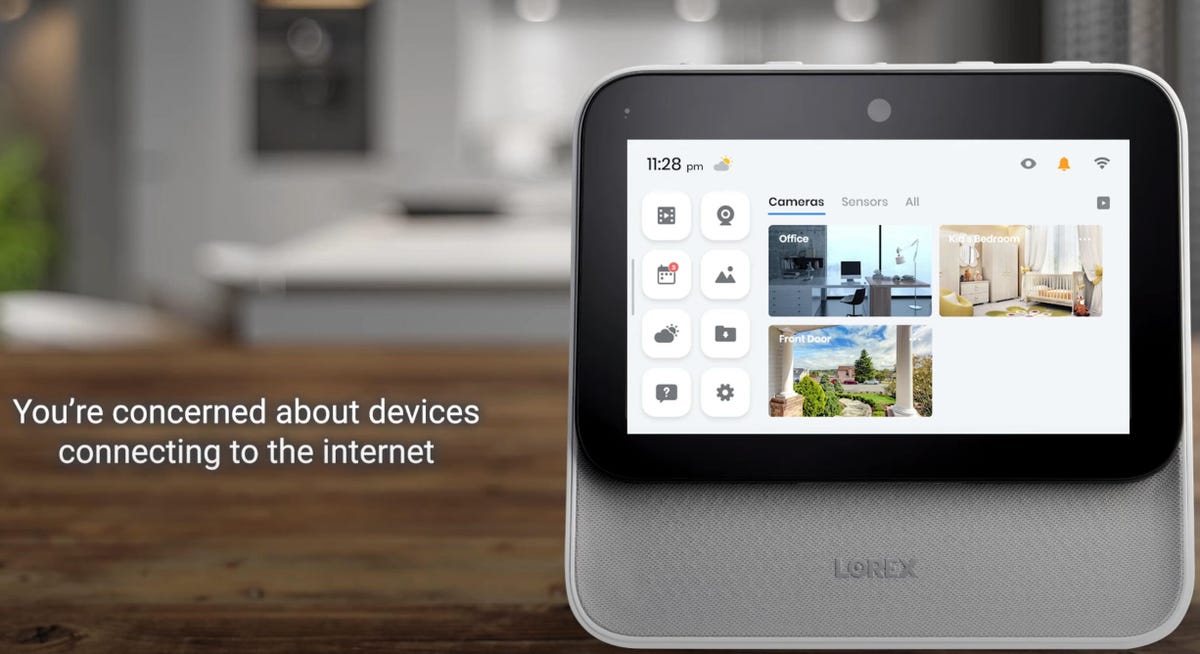
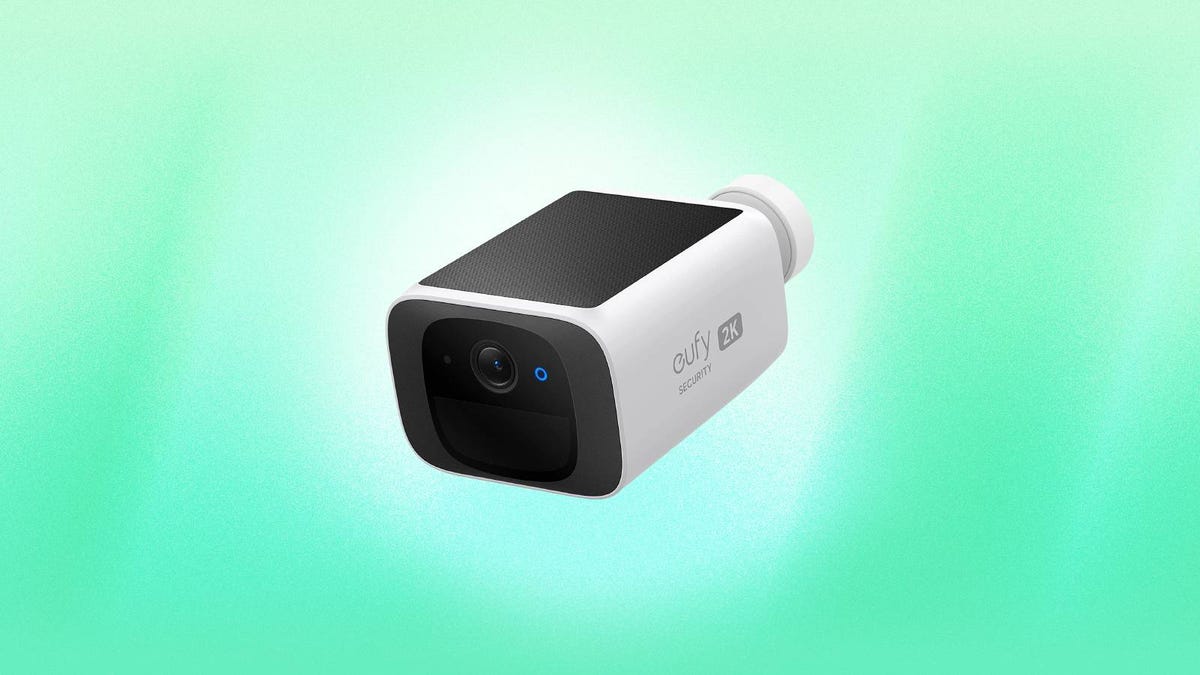
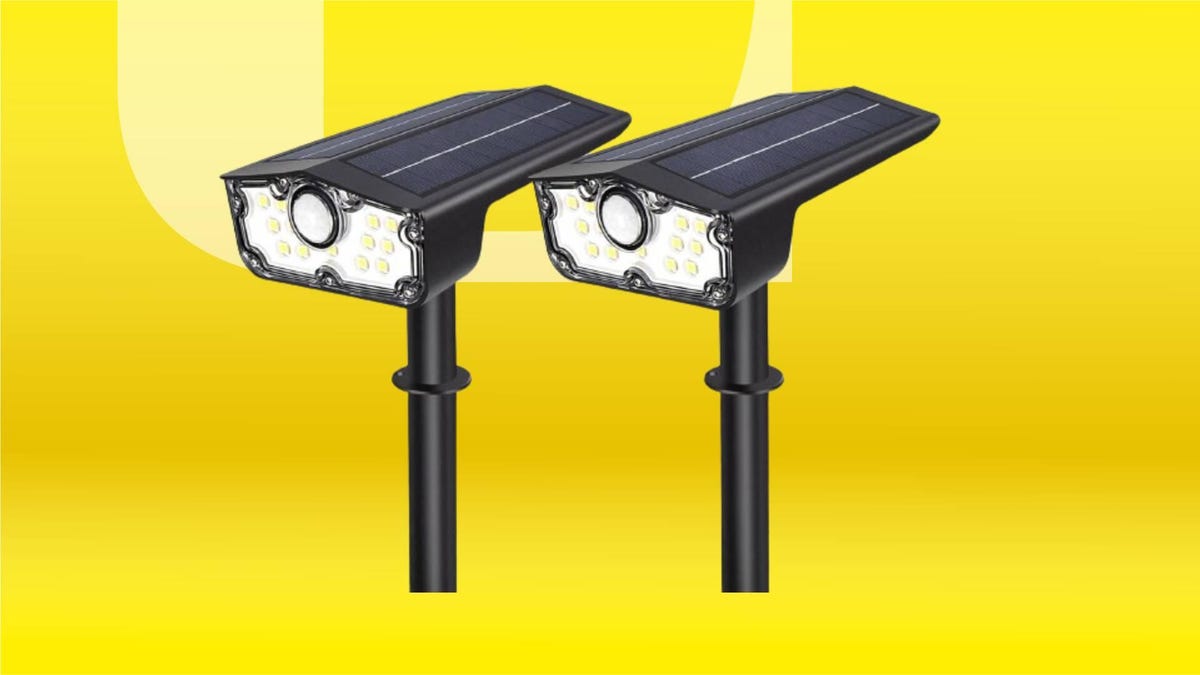
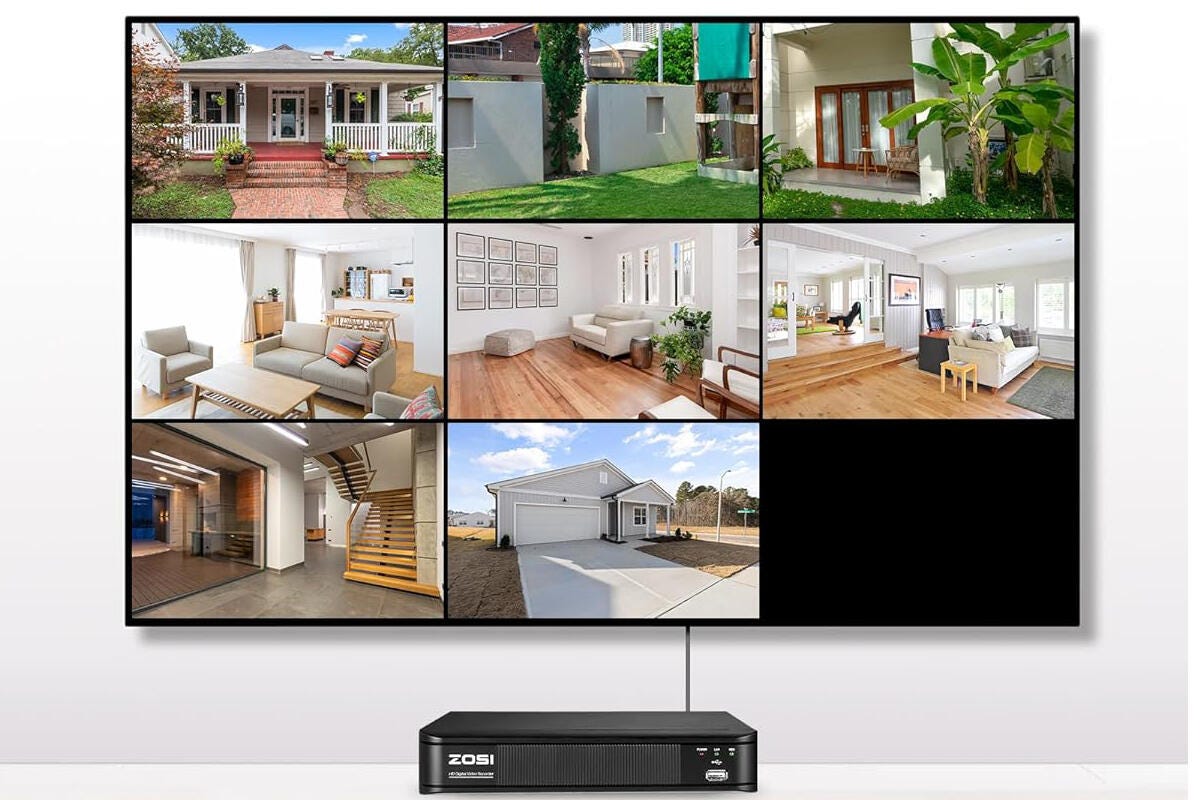
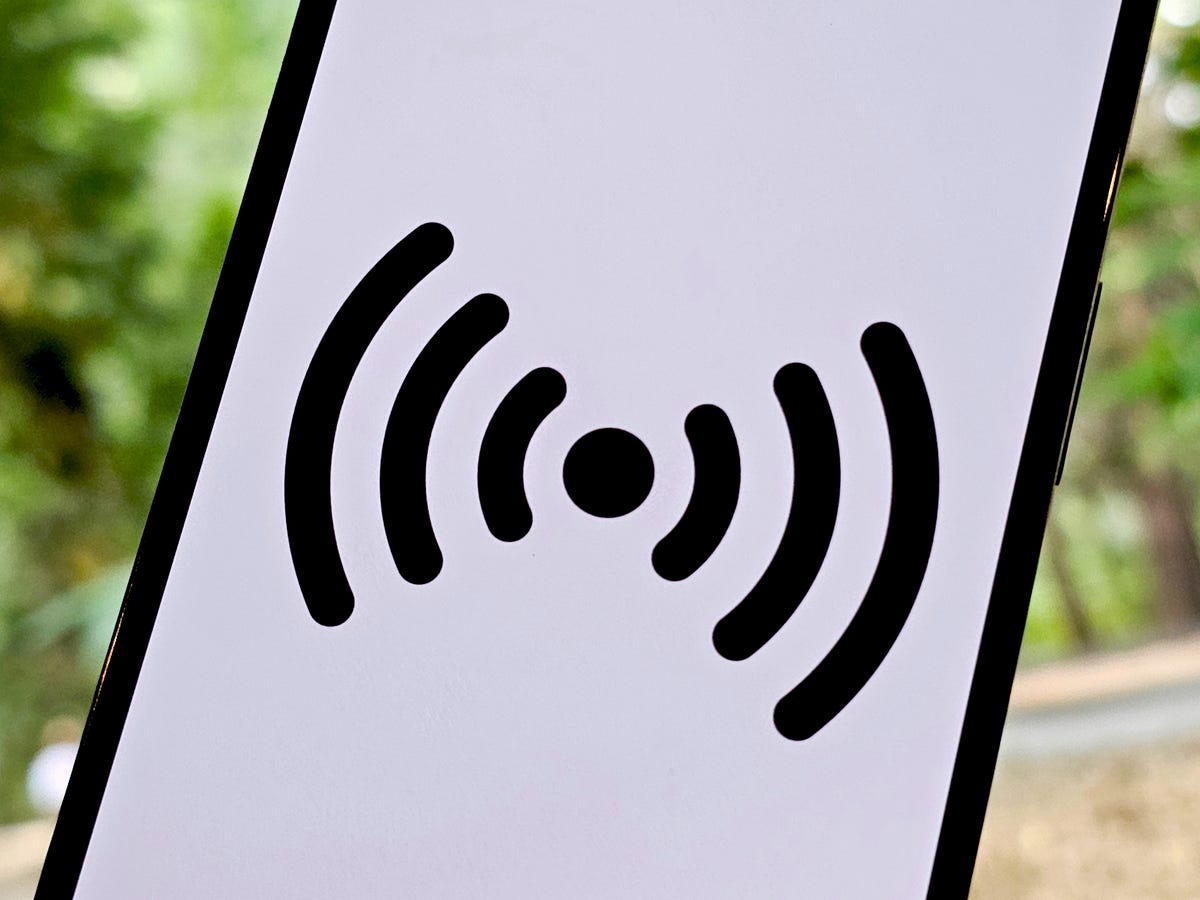
Search through the best security camera recommendations, including many of our own picks, and you’ll see a theme: They require Wi-Fi — or at the very least, an internet connection — to work. That’s a problem for people who live off the grid, or have off-grid getaways like cabins or decked-out Sprinter vans, with no Wi-Fi and often no internet at all. Where does home security leave them?
It’s here! We’ve rounded up the best device options for anyone who lives off the grid but is also interested in adding home security technology, preferably tech that can run on its own for months at a time. Let’s go over the best home security picks to consider if you’re going off the grid and relying solely on your own power sources, often in remote locations.
Use an LTE or mobile security camera

Reolink and other brands offer powerful LTE cameras that don’t require Wi-Fi or cables.
If your off-grid location has a cellular connection, consider an LTE or cellular camera. These use a cellular data connection like smartphones do, usually 4G, though 5G is just around the corner for these cameras. Because cell towers are so widespread, the camera can find a signal and support app control and live video viewing in all but the most rural locations.
These cameras use existing wireless plans from carriers like T-Mobile and Verizon, so they’re not difficult to get up and running. On the other hand, you may still have to pay a subscription to unlock cloud storage, and using too much data could result in extra fees or data throttling, depending on your plan. Even without a plan, you’ll need to invest in ongoing prepaid SIM cards to keep the camera operational, so it’s a bit like having a contract.
Two of our favorite LTE cameras are the Arlo Go 2 ($250) and the Eufy 4G Starlight ($150). The Reconnect Go is also a popular choice for more adventurous security cameras.
Finally, for long-term cabins and similar locations, you can install a Power over Ethernet (PoE) camera, which uses a cable connection to a modem or router instead of relying on signals. Lorex Fusion 2K IP Camera ($400) is an excellent option, while those looking for something more affordable might be interested in this currently priced under $100 Swann Home Security model.
Alternative: Use a wireless local storage camera

Another way to bypass the need for a strong WiFi connection is to use a camera with local storage.
Not everyone wants to be online, especially in light of security concerns and even unauthorized camera use by strangers. Major brands like Amazon, Wyze, ADTEufy and Philips have seen data breaches and vulnerabilities in the past. Some have recovered better than others, but internet security remains an ongoing concern for homeowners. And don’t forget the legal methods of accessing your security camera data, such as the nebulous world of police requests that completely bypass owners.
If that sets off alarm bells for you, many security cameras offer local storage in the form of microSD cards, which can hold large amounts of data — upwards of 1TB if you don’t mind spending the money. The problem is that most of these cameras, including some of the models on our lists, offer local storage in addition to Wi-Fi, and you can’t really use these cameras without internet.
Fortunately, there are exceptions that are perfect for off-network security. One of them is Lorex, which offers home security systems that use microSD local storage And also supports an Offline Mode to remain completely internet free. This will not work with some Lorex cameras that are set up with the app, you will need to use a full Lorex Smart Home Security Center. You will also lose features like remote viewing, automatic updates, and weather updates, but you will have a viable home security camera solution without internet — which is not easy to find these days.
Another choice that is only available locally are the wildlife cameras offered by brands such as Wosoda These camouflaged cameras are more suited to real trails, although you can also use them for home security if you want, especially for remote cabins. While camouflage may be appealing to some buyers, it’s helpful to make security cameras clearly visible so potential trespassers know they’re being recorded.
Powercams with solar panels

Solar panels will make your camera battery last much, much longer if installed correctly.
Today’s security camera batteries can last weeks or even months, and some like the Blink Outdoor 4 can last over a year, but it’s important to keep your battery life to a minimum (especially if you rely on generator power). For this, we recommend adding a solar panel to power your off-grid camera. Solar panels connect directly to a camera battery and recharge it when it’s exposed to sunlight. This allows batteries to last much, much longer without needing any attention.
Lorex, the brand we mentioned above, sells solar panels for its local storage camerasmaking it a great choice for equipping with solar power. We also give a nod to Eufy, which only supports local-storage cameras and installs solar panels directly in models such as the S230 ($200), which makes installing camshafts much easier. Other brands such as ReconnectTapo and more also offers solar panels for their cameras, so you have plenty of choice.
Installing solar motion detectors

Solar motion detectors can trigger sirens or flashing lights when people are nearby.
Motion detectors have traditionally been part of online home security systems that aren’t really designed for full off-the-grid use, unless you’re willing to invest heavily in a mobile system. Even then, their models aren’t meant for outdoor use. But there’s a simpler solution that’s incredibly easy to set up. All you need to do is find a solar-powered outdoor motion detector.
These solar detectors are affordable and easy to mount or stake into the ground in a spot with plenty of sunlight, allowing you to monitor a porch or path. This version of Tuffenough ($45 for the set) has a set of three LED panels that shine light when motion is detected, plus a remote control. This option enables a loud siren when someone approaches, and this detector from Royelle ($30) can activate both a strobe and a siren, both controlled by the sun.
Implementing a Traditional DVR Security System

If you don’t want an internet connection, you’ll need to look into a DVR or digital video recorder system that doesn’t need to be online.
More traditional security systems offer a selection of cameras and a recorder with storage and ready-to-go video feeds. It’s a bit cumbersome, but keeps you away from Wi-Fi and can support multiple cameras at once for large spaces or multiple angles.
If you don’t want an internet connection at all, you will need to look into a DVR (Digital Video Recorder) system that doesn’t need to be online. This Annnke 8-cam system ($260) is internet free if you don’t use the app for remote viewing, while this Zosi 4-cam/8-channel system is available for around $100 with local recording only, although you will need to purchase a DVR-compatible hard drive first. Always look at the details on these recorders and expect a bit of customization to get the exact zero-internet setup you want.
How about connecting your security camera to a hotspot on a phone or laptop?

A hotspot can sometimes provide a solution, but it is not a sustainable solution if there is no Wi-Fi.
If you can’t rely on a Wi-Fi network through a router, you can connect to a hotspot on your phone or laptop. However, we don’t recommend this for a couple of reasons.
First, you have to go through the process of connecting each new hotspot, which can be a headache and may require you to wipe old settings on your security camera. Second, those hotspots can quickly drain your battery, even if you’re only using a security camera for a night of camping. That creates additional complications when you need to save your battery for photos, videos, or all those shows you pre-loaded. Third, hotspots have a short range, so you’d have to keep a phone or computer near your security camera at all times, which usually isn’t feasible. That’s why this method didn’t make our list of solutions.
Looking for more alternative home security systems? Don’t forget that with the right app, you can turn an old smartphone into a security camera to save money. You might want to check out our guide on where to never install home security cameras.

